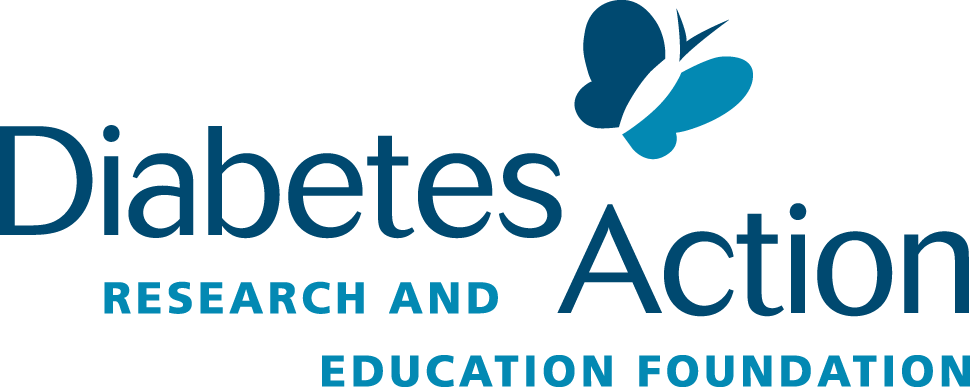
Medications
Diabetes Medications
An understanding of how diabetes medications function either in the form of insulin or pills, is important for good blood sugar control.
TYPES OF INSULIN
Short acting (regular) insulin kicks in 30 minutes after eating and peaks approximately 2-3 hours after injection but continues to work for 3-6 hours.
Rapid acting (Humalog/Novolog) insulin is designed to mimic the first few minutes of digestion and is usually taken at mealtime. It is important not to delay eating when taking rapid acting insulin since it starts to work within 5 minutes of injection and peaks within 1 hour.
Intermediate acting insulin (NPH/lente) goes to work in 1—2 hours, peaks in 6—10 hours, and lasts 16—24 hours. Generally, these insulins are taken in two doses but are being used less since the advent of Lantus in 2001. Since these products are being discontinued, anyone still using them should talk to their doctor about switching to one of the newer human insulin analogs.
Long acting human insulin analogs, such as Levimir, and glargine (Lantus) go to work in 1 hour and last all day without a peak. These drugs are designed to mimic the basal or steady rate of insulin production. They can be effective with only one daily dose and are sometimes complemented with a short acting insulin at mealtime. A big advantage appears to be the reduction of hypoglycemic episodes.
Pre-mixed insulins are made from a combination of NPH with either regular or Humalog. These insulins are especially useful for people with poor eye sight or manual dexterity.
Non-Insulin Injectable Medication - In 2005 a new class of drugs called GLP-1 Agonists was introduced to mimic the action of incretin hormones in the body in order to increase insulin production post meals. These drugs are only used for type 2 diabetes. Because of concerns about cancer risks, the FDA has required strict warnings on the use of these drugs that include Byetta, Victoza, Bydureon, Trulicity, and Tanzeum.
Inhalable Insulin - Although the first inhalable insulin, Exubera, was approved by the FDA in 2006, it was removed from the market in 2007. Another inhalable insulin, Afrezza, received FDA approval in 2014 with black box warning regarding serious side effects.
ORAL MEDICATIONS
There are a variety of pills that work in different ways to help manage blood sugar for those with type 2 diabetes. Common medications include:
Metformin (Glucophage, Glumetza, Riomet) is usually the first medication given for type 2 diabetes. It helps the body use insulin more effectively.
Sulfonylureas (Amaryl, DiaBeta, Glynase, Glucotrol) help the body release insulin and use it more effectively.
Thiazolidinediones (Avandia, Actos) are used less frequently due to a risk of bone fractures (1) and concerns over increased cardiovascular risks (2).
DPP-4 Inhibitors (Januvia, Tradjenta, Onglyza) help reduce blood sugar levels but may not be very effective.
SGLT-2 Inhibitors (Invokana, Farxiga, Jardiance) reduce blood sugar by helping the body excrete excess sugar in the urine. It is important to avoid dehydration and make sure your health care provider monitors your kidney function when taking this medication.
OTHER POINTS
Whether using oral medications or insulin, the following points are important:
The timeframe for when the medication peaks.
When meals and snacks should be eaten.
How to adjust medications for exercise.
The appropriate injection site for insulin medications.
How to adjust medications for sick days.
The range for blood sugar to avoid levels that are too high or too low.
Check expiration dates on insulin vials and return any discolored insulin to your pharmacy.
Explore the advantages of insulin pump therapy if a more flexible lifestyle is desired or if blood sugars are not well controlled with a regimen of insulin injections.
Because there is continuous research and approval for new injectable, inhalable, and oral medications, be sure to check with your healthcare team to determine the best treatment for you.
REFERENCES
Zeina A. Habib, Suzanne L. Havstad, Karen Wells, George Divine, Manel Pladevall, L. Keoki Williams; Thiazolidinedione Use and the Longitudinal Risk of Fractures in Patients with Type 2 Diabetes Mellitus, The Journal of Clinical Endocrinology & Metabolism, Volume 95, Issue 2, 1 February 2010, Pages 592–600, https://doi.org/10.1210/jc.2009-1385
Nissen SE, Wolski K, Topol EJ. Effect of Muraglitazar on Death and Major Adverse Cardiovascular Events in Patients With Type 2 Diabetes Mellitus. JAMA. 2005;294(20):2581–2586. https://doi:10.1001/jama.294.20.joc50147
